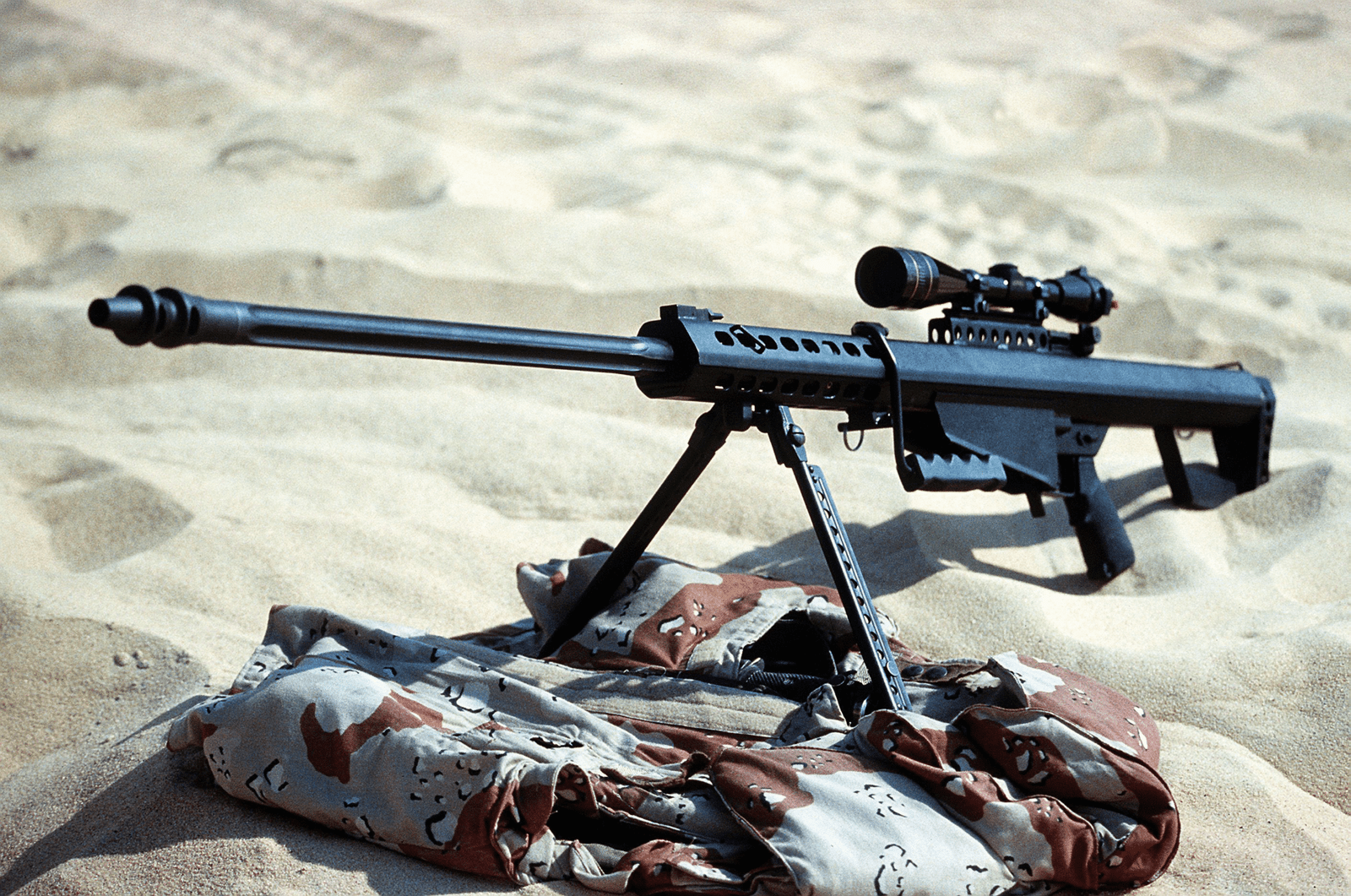
Few weapons have had as enduring an influence on modern war as the .50 caliber sniper rifle. With its unadulterated power, range, and adaptability, it’s become a symbol of accuracy and dominance for military snipers. To reflect on why it’s such a valuable resource on the battlefield, it’s interesting to consider its origins, how it evolved, and how it’s helped in real combat operations.

It all began with the .50 Browning Machine Gun (BMG) cartridge. John Browning developed it, and production began in 1921. It was initially developed for heavy machine guns like the M2 Browning. The goal was straightforward—develop high muzzle velocity and incredible stopping power to break through armor and penetrate planes. Over time, the .50 BMG’s potential became evident, and it was adapted to different uses, including anti-materiel missions. At 12.7x99mm, it possesses stupendous firepower and is used mostly for long-range, heavy-impact purposes.

In wars of the 20th century that tested the limits of normal infantry gear, the military set out to find something to fill the gap between standard issue rifles and crew-served machine guns. Normal rifles did not have a chance against vehicles and fixed positions, requiring a shoulder-fired weapon with the capacity to chamber the .50 BMG. That challenge was met in the early 1980s by Ronnie Barrett, a keen photography and firearms enthusiast, who set out to produce a semi-automatic rifle capable of harnessing the huge energy of the cartridge into a portable form.

The result was the Barrett M82—a rifle that established the class. Built in Barrett’s garage at home, the M82 was meant to combine the firepower of heavier weapons with the portability of an infantry rifle. It possessed a recoil-operated, semi-automatic mechanism that delivered accuracy and rapid follow-up shots without battering the shooter into submission. It’s about a 28–30-pound weight and nearly 57 inches of length were intended for stability, toughness, and repeat performance under harsh conditions.

At first, there was not much interest from the military, but before long, the performance of the rifle had everyone’s attention. The late 1980s and early 1990s witnessed the U.S. military use Barrett rifles, particularly for Desert Shield and Desert Storm missions. Its ability to destroy vehicles, incapacitate equipment, and target beyond 1,800 meters made it a game-changer piece of equipment. Its application was accepted broadly, and today the Barrett M82 and its derivatives are utilized by tens of nations’ armed forces.

Success bred improvement. The M82A1 became the standard US model, with the M82A3 putting on a better optics mount and accessory capability. The M107, long referred to as the U.S. military’s Long Range Sniper Rifle, offers even greater accuracy and recoil control. With an ability to reach out and touch targets out to 2,000 meters, it towers over lighter-caliber rifles, especially in urban combat where standoff range and firepower are major advantages.

The Barrett rifle line features prominent characteristics like a demountable dual-chamber muzzle brake, double-barrel springs, and an extended mainspring to manage recoil. Leupold Mark 4 scopes are the standard when it comes to high-grade optics, and the rifles typically feature modular rails for installing bipods, suppressors, and night vision devices. The ammunition used ranges from armor-piercing incendiary to tracer and explosive rounds, expanding the rifle’s application in various types of missions.

On the battlefield, the .50 caliber sniper rifle is generally used against materiel—neutralizing weapons, destroying equipment, and demolishing strongpoints. But it is also used as a secondary anti-personnel weapon, particularly at extreme ranges where smaller bullets just won’t make it. Its very presence can provide a psychological benefit, sowing confusion and uncertainty among enemy forces.

Its record during duty is revealing. During Vietnam, Marine sniper Carlos Hathcock logged a confirmed kill at 2,250 meters with a modified .50 caliber machine gun. Most recently, in Iraq and Afghanistan, the M82 and M107 have provided overwatch, counter-sniper fire, and precision engagement in open country as well as in urban cities. Legendary shots such as Canadian sniper Rob Furlong’s 2,430-meter world record demonstrate the rifle’s unmatched range.

The destiny of the .50 caliber sniper rifle is still to be determined. Future military programs are headed in the direction of lighter, more modular-oriented platforms with barrels that change quickly and multi-caliber capability. Special operations are particularly seeking rifles that retain outrageous range and capability but minimize weight and recoil for greater mobility.

From garage beginnings to a standard of top-shelf units worldwide, the .50 caliber sniper rifle, most notably the Barrett M82 and its predecessors, has demonstrated that precision and power can reside in a single firearm. Its ability to punch hard, far, and straight has impacted tactics, rescued lives, and changed the course of combat, cementing its place on the pages of contemporary warfare history and the future of war.
